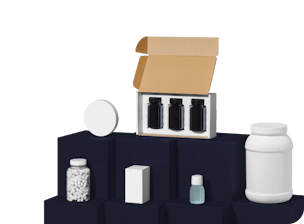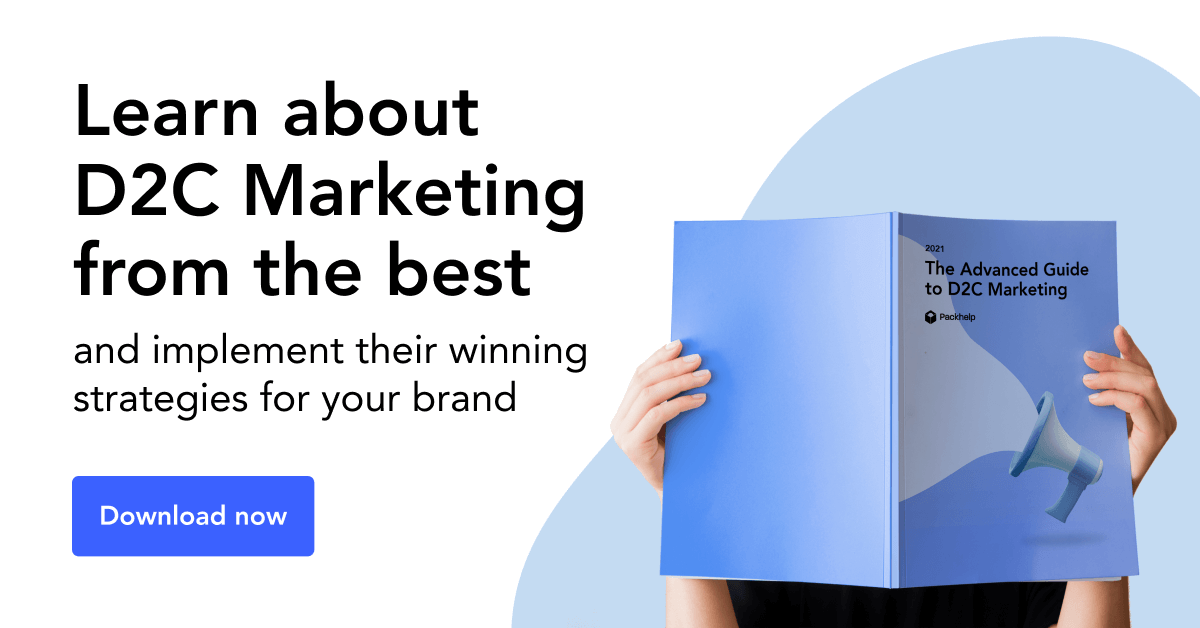5 Tried and True Marketing Strategies for E-Commerce

Subscribe to stay updated
You're now subscribed!

Isn’t the Internet a wonderful place?
It’s allowed small businesses to get online and draw custoyomers from all around the world. And with the help of e-commerce platforms, you can now have an online presence in the blink of an eye. For example, setting up a Shopify store is fast and affordable, plus you don’t need any programming knowledge, in order to get your store up and running.
On the flipside, the natural side effect of this convenience is that competition is as fierce as ever.
Vying for customer’s attention is not something to be taken lightly and marketing your product is as important as it’s ever been.
Thankfully online stores have several avenues available to them to attract customers and increase the chances of them making that right click.
Click here to find the best custom packaging for your e-commerce brand
Each of them has their own benefits and shortfalls, and one man’s trash is another man’s treasure. So, there’s certainly some trial and error to be had.
But here are 5 strategies that have been tried and tested by successful online stores.
Just keep in mind that these are marketing strategies, there is no wizarding magic involved.
So, take your time to mix and match before setting on the approach that works for you.

1. Content marketing
Despite what a lot of people think, content marketing is not about selling your product, brand or company. It’s about your customer.
The point of this strategy (especially if we're talking about social media) is to create content that is of interest to your potential customer — something they care about, that only needs to have an indirect connection to your product.
As long as you make quality content that provides real value, they will come to see you as both a reliable and relatable source of information.
This way you can build a relationship with your audience that keeps them coming back for more and eventually converts to sales.
The Successful Story of Saddleback Leather
There’s an awesome little leather manufacturer called Saddleback Leather based in Texas. In 2014 they made a short video on Youtube that went viral and has over 600,000 views.
The video is titled “How to Knock Off a Bag” and is a tongue in cheek attempt at making a fake version of their own bags. It’s really funny whilst also informational.
The cost of making such a video is probably negligible. But it tremendously helped them to get to the 57,000 subscribers they have today.
Video content is not the only route though. There are so many other options available to the growing business: blogs, guides, eBooks, infographics, interviews...
The list goes on and on.
Try to think about what kind of content your customers would find interesting and create it for them.
Pro tip: Consider segmenting your content strategy to really understand your customer. This will speed things up significantly.

2. Email Marketing
Who actually reads their emails these days?
It seems like such an old-fashioned form of communication.
You might be surprised to know that the answer is: a lot of people.
In fact, the figure is set to rise to 4.3 billion users by 2022.
And the greater an email list you have, the easier you can reach people that have an interest in your product and convert them to regular customers.
One in five companies even managed a 70:1 return on investment in 2018 just through email marketing alone. That’s staggering.
So, what can you do with emails to foster growth?
Well, you can start by sending readers current promotions, newsletters and links to content on your website they might find useful.
It’s a sincere form of communication, and since these are people who have deliberately signed up you can afford to be a little more direct than with content marketing.
Of course, you shouldn’t overdo it, because then you might find people unsubscribing.
But if each of your emails is carefully crafted and provides valuable information, then customers are happy to receive emails from you. And they’re a lot more likely to go back to your online store and buy your products.
Pro tip: Make interactive sign-up forms with apps like Spin-a-sale or OptinSpin to increase your email list.

3. Website Optimization
This one sounds a lot fancier than it actually is.
The basic idea is to find ways to make sure that the people who land on your website, take an action as well. It could be them buying your product, signing up to your newsletter or requesting a quote.
In the same way, that packaging can increase sales, so too can a well-constructed website.
There’s not so much point bringing people to your online store if nothing happens as a result.
So, how do you increase these actions?
Well, this strategy is all about data. Yup, there’s no point going off on hunches here.
You want to gather data on:
- Where are users spending time on your website?
- Which page do they land on first?
- Where do users abandon the process?
- What do users like to click on most often?
- Who are your customers?
This kind of information is going to give you the knowledge to focus your efforts in the right places.
There are some great tools out there that can help you with the analysis, such as Moz Pro.
But the big daddy of them all, the Google Analytics integration, is one that cannot be skipped by any e-commerce seller.
Really though you should try to gather data in any way you can. Do surveys from users or hire some user testers so you can modify your website and make the most of its potential.

4. Social Media Ads
You saw this one coming, didn’t you?
Well, you would certainly be on the ball if you did.
Click through rates for e-commerce specific Facebook ads has risen from one percent to three percent in the last two years.
That’s a very good number to read for your online store which is specifically targeting people looking to buy.
Nowadays, you can run ads on a long list of social media platforms such as Instagram, Twitter, and Pinterest.
Each of them has their own advantages and it's important to spend a bit of time planning what your goals are to choose the correct direction.
Just know that this is an opportunity to not only get conversions, but also get good feedback from your audience. Often if your ads are interesting enough you will get significant engagement and comments.
So, you want to make sure that your business is running as smoothly as possible during ad campaigns. It’s a sensitive time.
If for example your deliveries are stacking up, then you want to be looking into your inventory management and production scheduling.
This way you can ensure positive engagement and feedback during your marketing campaigns.
If all goes to plan, then you will have a cycle of sales and good words on your hands – the perfect combination.

5. Influencer Marketing
The term “influencer” has always been quite vague these days.
Technically anyone with an Instagram account with a decent number of real followers has become an influencer. It’s not just celebrities like Kim and Kanye that can lay claim to this title.
That’s beside the point though.
The point here is that consumers are 30% more likely to buy a product endorsed by a non-celebrity influencer. And now is a great time to get thinking about influencer marketing for your Christmas campaigns, with the festive season just around the corner.
This can be with them posting a photo with your product on Instagram or fitting you into their Youtube videos. You can get extra creative with this, and influencers are usually open to exciting ideas which enhance their brand as well.
But just getting an influencer on board isn’t enough.
It’s vital that you get the right influencer. These are people that have spent time cultivating their brand and following, so they have usually garnered trust in a specific area.
You can use a public records search tool to do a quick background check and find valuable information of the person you want to collaborate with.
Get it right, and you get the trust of their following too.
Pro tip: Use tools like Buzzsumo to find the right influencer for you.
Marketing Strategies for E-Commerce: Key Takeaways
Each of these strategies has its place, that’s a given.
But one thing they all have in common is that they have been proven to work for e-commerce sellers since the dawn of online marketing.
Just remember that this is not a get rich quick scheme. Take the time to know the ins and outs of each strategy as you test them, giving them the opportunity to draw in your all-important customers.
It might not happen overnight, but with dedication, it may well happen a lot sooner than you expect.
About the author
Oliver Vesi




































































